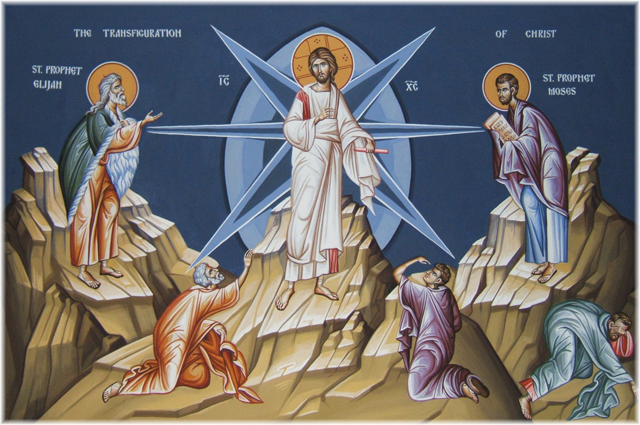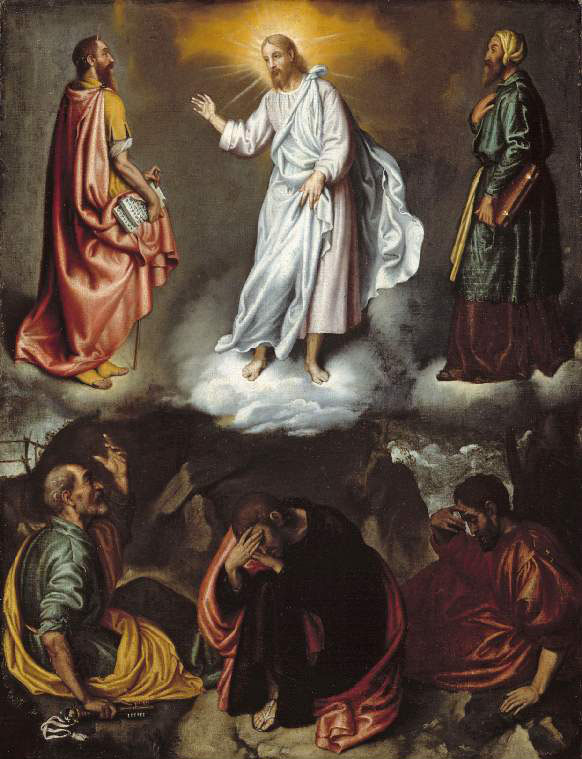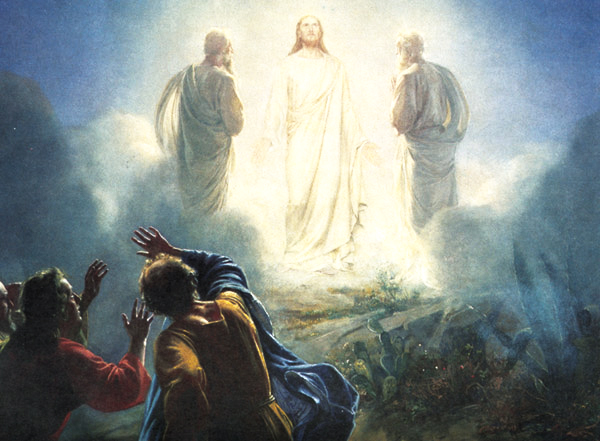Business people know marketing jargon, so when they meet up at a networking event, they know that when someone asks them if they are B to B or B to C, they are being asked if their business serves other businesses (B to B) or if their business serves consumers (B to C).
This language doesn’t apply much to the church world — or does it? The national church and the regional bodies are B to B. They are a church Body serving another church Body.
Congregations are more B to C. Their church Body serves individual Christians.
The concept is worth examining with fresh eyes and maybe a twist on this old business analogy.
The Church is actually C to C in two different ways.
Christian to Christian. That’s how evangelism works. It’s a play on the Frank Laubach missionary maxim, taught to all Lutheran children of the 60s. “Each one teach one.”
Or
Congregation to Congregation. Historically, the church has been very weak in congregations communicating, sharing and serving one another. There are token niceties exchanged at seminars and assemblies, but generally, it’s every congregation for itself. Pastoral turf and competition for members block the doorway for inter-church cooperation. They pull together to save money on church supplies, but that’s where cooperation often ends.
For the Evangelism Tools of the Future to Work this MUST Change
Social Media, the greatest evangelism tool the church has ever encountered, both creates and depends on connectedness. Congregations now need to work together. Without inter-church cooperation, which includes pastors cooperating, efforts at social media will quickly peter out.
Social Media thrives on content. Individual congregations are going to be challenged in feeding the content beast. But if they start working with other congregations, they will expand their possibilities.
How will this work? Here’s a possible scenario.
Lutheran youth in our area are planning a mission trip to an Indian Reservation. This common venture is supported by member churches and their individual youth groups.
An individual congregation might put an article on their website or newsletter announcing the project. They might put a donate button as a call to action — and that would be that.
A more ambitious approach would be to learn as much about the project and the people they hope to serve and start TELLING THE STORY.
The content promoting this might include interviews with the youth as they prepare for the trip. They might be asked questions about their expectations, what they hope to accomplish. Church A might post two or three short videos with youth answers. Church B might do the same thing.
Then Church A links to Church B and vice versa. (Add Churches C, D, E, etc.)
Why go to this trouble?
Because more gives a fuller picture, more is more interesting and more interaction attracts search engines—for everyone!
There will be a temptation to not do this, hoping that by telling just your congregation’s story, you’ll encourage anyone inclined to click a donate button and that contribution will come to your congregation.
That narrow view will cause you to miss out on the evangelism potential of the moment.
Here’s what could happen.
Members of Church A—beginning with the youth themselves—are loyal and check the web site to see their youth talk about the upcoming trip. They end up clicking the links to Church B and Church C. Connections have been made between the parishes. They are starting to know one another.
Members of Church A and Church B share the link to family and friends. Some of them send donations. They share the link, too.
Meanwhile, the local friends of the youth have checked up on them. They become interested and ask to come along. The youth group grows!
Meanwhile, the Indian youth in South Dakota see the videos. They comment and send a welcome message or make their own video and direct it to the youth they are looking forward to meeting in a few months. Dialog between the youth starts. When they eventually meet, they already know one another.
Meanwhile, a local church from a poorer neighborhood sees what the youth in richer congregations are doing. They lament that their youth could never afford to go on a trip like that. They’d have to raise funds in a neighborhood with little to give. One enterprising mother decides their kids are not going to be left out. She contacts the churches that are having fundraisers and makes arrangements for several of the youth from their church to help with the fundraising efforts so they would have the experience of initiating a mission effort instead of being the recipients of mission efforts. This is life-changing for the young people in both congregations.
Also meanwhile, a youth group in Texas has happened upon the videos. They visited the Indian Reservation a few years ago and recognize some of the Indian youth who have commented. They invite people to come to Texas next summer to help with an outreach ministry in Hispanic neighborhoods.
Meanwhile, meanwhile, meanwhile — there’s no limit on parallel interactions.
This is the tip of the mission iceberg. Maybe no one clicked the donate button and your congregation lost $20. The value of the interconnectedness paid off in far greater ways.
How can your congregation become a C to C church?





